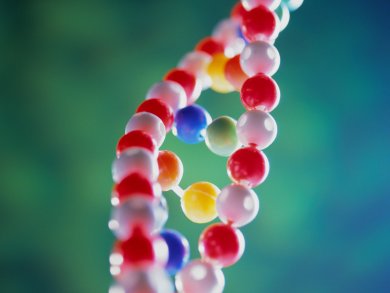Modified DNA bases are widespread in biology. In particular, 5-hydroxymethylcytosine (hmC) has been identified in mammalian brain tissues and embryonic stem cells. Its precise role is unknown, however, due to difficulties in distinguishing hmC from 5′-methylcytosine (mC).
Meni Wanunu, Marija Drndic, and co-workers, University of Pennsylvania, USA, have shown that solid-state nanopores are capable of detecting modified cytosines due to the altered polarity of modified DNA. This gave rise to different ion current signatures for DNA molecules threaded through nanopores. Nanopore measurements of as little as a few hundred molecules were sufficient to uniquely distinguish mC-DNA from hmC-DNA
The nanopore-based technique was shown to be nondestructive, high-throughput, and sensitive and could enable the direct mapping of cytosine modification patterns in unamplified DNA fragments from living cells.
- Discrimination of Methylcytosine from Hydroxymethylcytosine in DNA Molecules
M. Wanunu, D. Cohen-Karni, R. R. Johnson, L. Fields, J. Benner, N. Peterman, Y. Zheng, M. L. Klein, M. Drndic,
J. Am. Chem. Soc. 2010.
DOI: 10.1021/ja107836t



